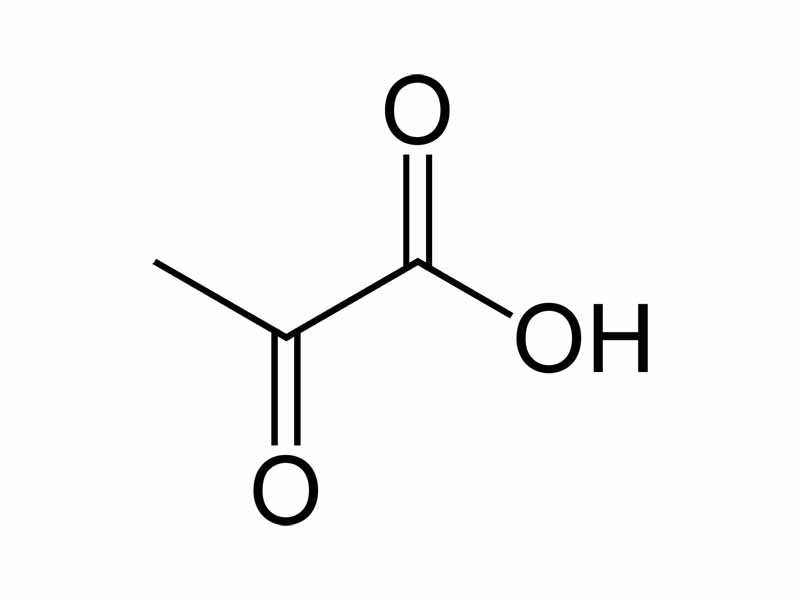Interdisciplinary Note (5 of 29)
Due to the presence of dipole-dipole interactions, aldehydes and ketones have higher boiling points than alkanes of similar size and structure. The carbonyl oxygen of aldehydes and ketones can undergo hydrogen bonding with water. High water solubility is especially true of lower molecular weight species such as formaldehyde and acetone.
Reactions of aldehydes and ketones represent largest group for the new MCAT. To help make their mechanisms more coherent and keep them organized, it helps to remember that most reactions of aldehydes and ketones belong to one of two classes, those involving nucleophilic attack on the carbonyl carbon and those involving electrophilic attack on the α carbon which is accessible through keto-enol tautomerism. The reactions of aldehydes and ketones include, reduction, oxidation, hemiacetal & acetal formation, imine & enamine formation, cyanohydrin formation, keto-enol tautomerism and aldol addition.
These reactions are crucial throughout biochemistry, which is why they are so important to AAMC. For example, ring formation in glucose is an example of hemi-acetal formation. Formation of imine occurs in both of the key reactions of the non-oxidative phase of the pentose phosphate pathway, transaldolase and transketolase. There are numerous examples of aldol addition throughout core biochemistry from citrate synthase to ketone body synthesis.
